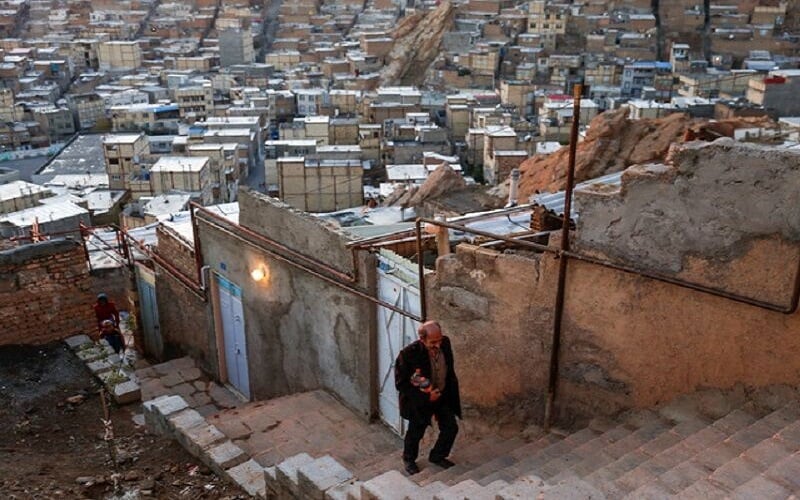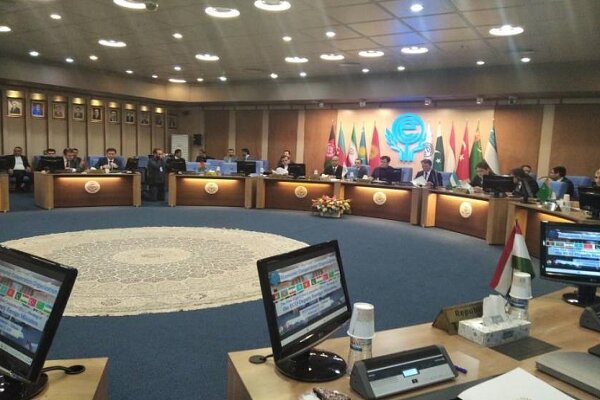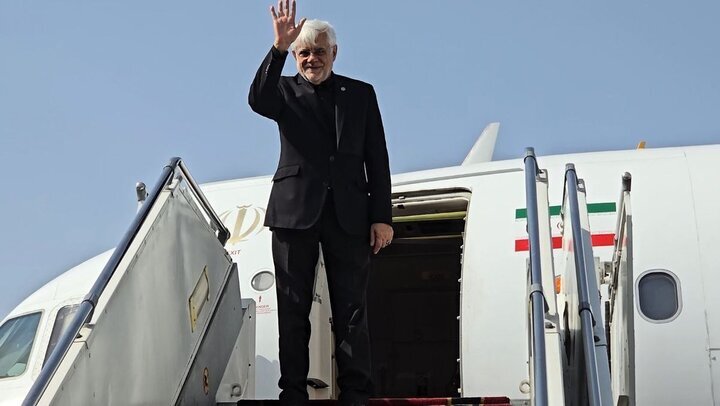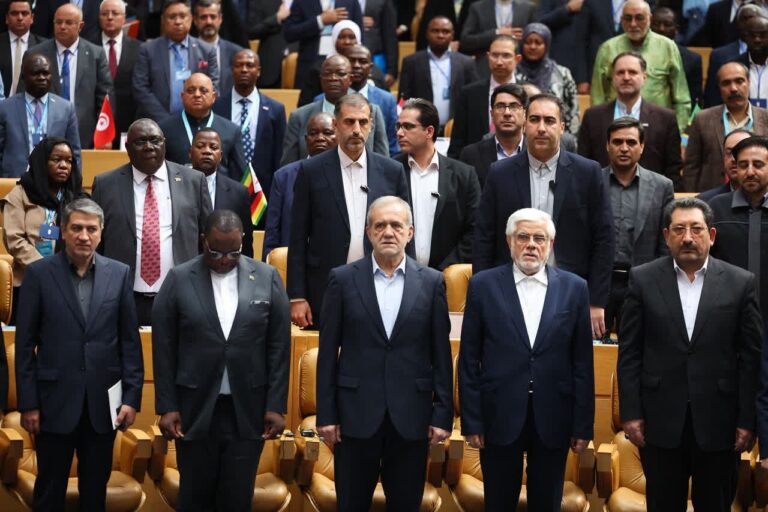Escalating Slum Crisis and Rising Marginalization: A Deep Dive into Iran’s Urban Struggles
The situation of slums in major Iranian cities has reached a critical point, prompting urgent concerns from authorities. The Deputy Minister of the Ministry of Roads and Urban Development has raised alarms regarding the growing issue of informal settlements in urban areas, including Tehran, Mashhad, Bandar Abbas, and the provinces of Sistan and Baluchestan and Khuzestan.
According to Abdolreza Golpaygani, the Chief Executive Officer of the Urban Regeneration Company, slums are becoming increasingly prevalent in Iran, with estimates suggesting that about 6.5 to 7 percent of the population resides on the outskirts of urban centers. However, sociologists propose that the actual figure could be significantly higher.
Factors Contributing to the Formation of Slums
Golpaygani pointed out that multiple factors are driving the formation of slums across the country. He specifically highlighted the following provinces as facing the most severe crises:
- Khorasan Razavi (notably Mashhad)
- Sistan and Baluchestan
- Hormozgan (including Bandar Abbas)
- Khuzestan
- Tehran
The Expansion of Informal Settlements in Tehran
One of the most urgent issues identified is the rise of informal settlements within Tehran itself. These areas have extended into neighborhoods such as:
- Islamabad Valley
- Farahzad Valley
- Oghaf neighborhood
- Khak Sefid
- Southeast Tehran
- District 19
The primary drivers of this alarming expansion include persistent drought conditions and inadequate living standards in rural and smaller towns. These challenges have compelled many to migrate towards larger cities and provincial capitals, where escalating housing costs have intensified the pressures faced by marginalized populations.
Rising Numbers of Marginalized Individuals
Mohammad Ali Mostafavi, a former official at the Ministry of Energy, has documented a striking increase in Iran’s marginalized population. Over the last 35 years, this figure has skyrocketed from 600,000 to over 25 million.
The crisis is exacerbated in eastern Iran, where drought and environmental degradation have significantly contributed to displacement. In larger cities like Tehran, the housing crisis and limited job opportunities are major factors driving this trend.
Environmental and Social Consequences
In recent years, environmental challenges, including land subsidence, have intensified the crisis. Many residents in central Iran have been forced to relocate, aggravating social instability. The lack of adequate educational and healthcare facilities, coupled with limited employment prospects outside major urban areas, has left many individuals with no option but to migrate to these cities.
This unequal access to resources, combined with unplanned urban growth, has substantially increased the number of individuals living in slums.
Crime and Social Decay in Slum Areas
The concentration of marginalized populations in poorly developed regions has led to an increase in crime rates. Slums are becoming hotspots for various illicit activities, including:
- Smuggling
- Theft
- Drug trafficking
Factors such as cultural differences, weak social ties, and insufficient law enforcement presence have further fueled the rise in crime rates.
The Vicious Cycle of Poverty
Marginalization has emerged as one of Iran’s most pressing social challenges, becoming increasingly pronounced as inflation and poverty rates continue to rise. Many individuals residing in informal settlements struggle to meet even their most basic needs.
Efforts to alleviate the marginalized population have largely failed, largely due to Iran’s deteriorating economic conditions, ongoing poverty, and chronic housing shortages. The possibility of reversing migration trends appears unlikely, as environmental crises and economic difficulties continue to drive more people into urban slums.
The Abandonment of Rural Areas
The depopulation of rural regions in Iran serves as a concerning illustration of the regime’s inability to provide essential services and job opportunities. According to a recent report, out of Iran’s 69,000 villages, only 38,000 remain inhabited, with 31,000 having been abandoned.
Since 1996, a dramatic demographic shift has occurred, with the majority of the population now residing in urban areas. This shift has been fueled by the regime’s failure to distribute critical resources like water, electricity, healthcare, and education, which has driven millions from rural areas into overcrowded cities.
Public Health and Safety Risks in Slums
The increasing density of slums in major cities carries heightened risks, including vulnerability to natural disasters such as earthquakes and floods due to inadequate construction. Insufficient medical and educational services have resulted in rising disease rates and a growing number of children unable to attend school.
Statistics indicate that approximately 900,000 children aged 6 to 18 in Iran are currently out of school. This trend correlates with the rise in child labor and unofficial employment, further highlighting the deepening social crisis within marginalized communities. Additionally, escalating crime rates, drug addiction, and juvenile delinquency underscore the severe repercussions of unchecked urban marginalization.
A Crisis Without Resolution
With Iran’s economy in decline and poverty levels surging, the regime has shown minimal capacity or willingness to address the crisis of marginalization. Without significant reforms to enhance rural infrastructure, establish sustainable job opportunities, and provide affordable housing, the situation is likely to deteriorate further, leaving millions entangled in a relentless cycle of poverty and social exclusion.






